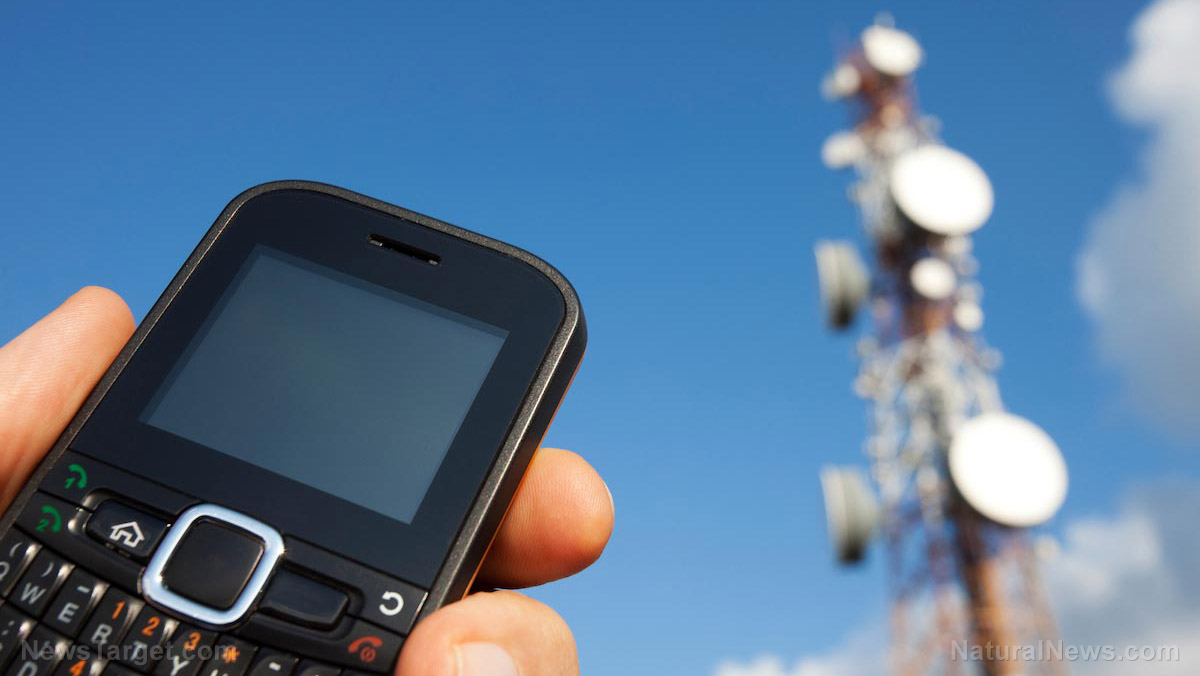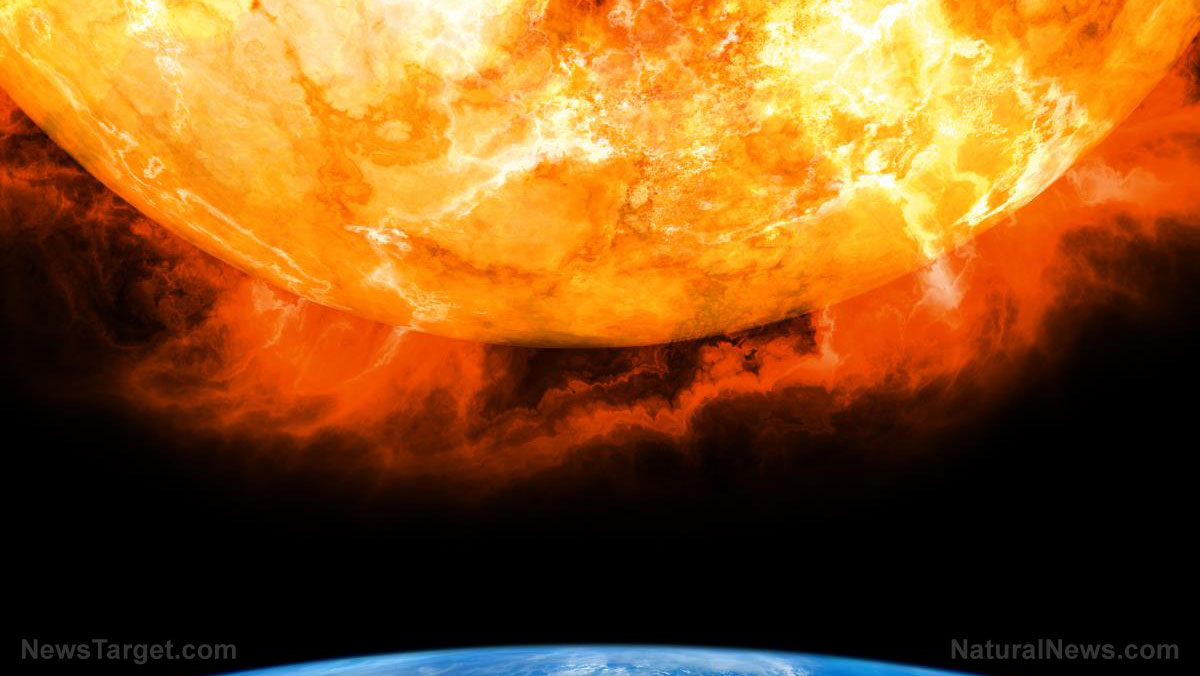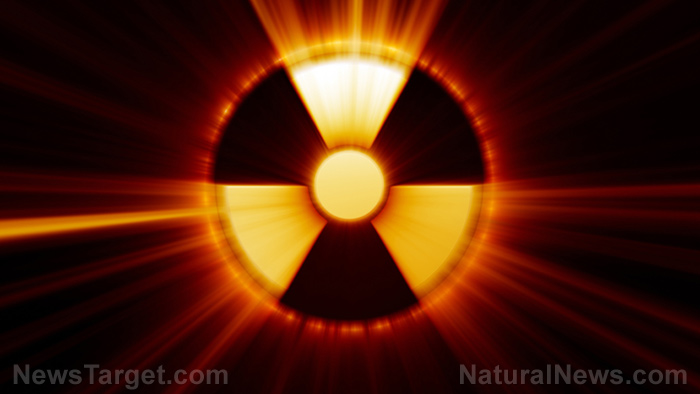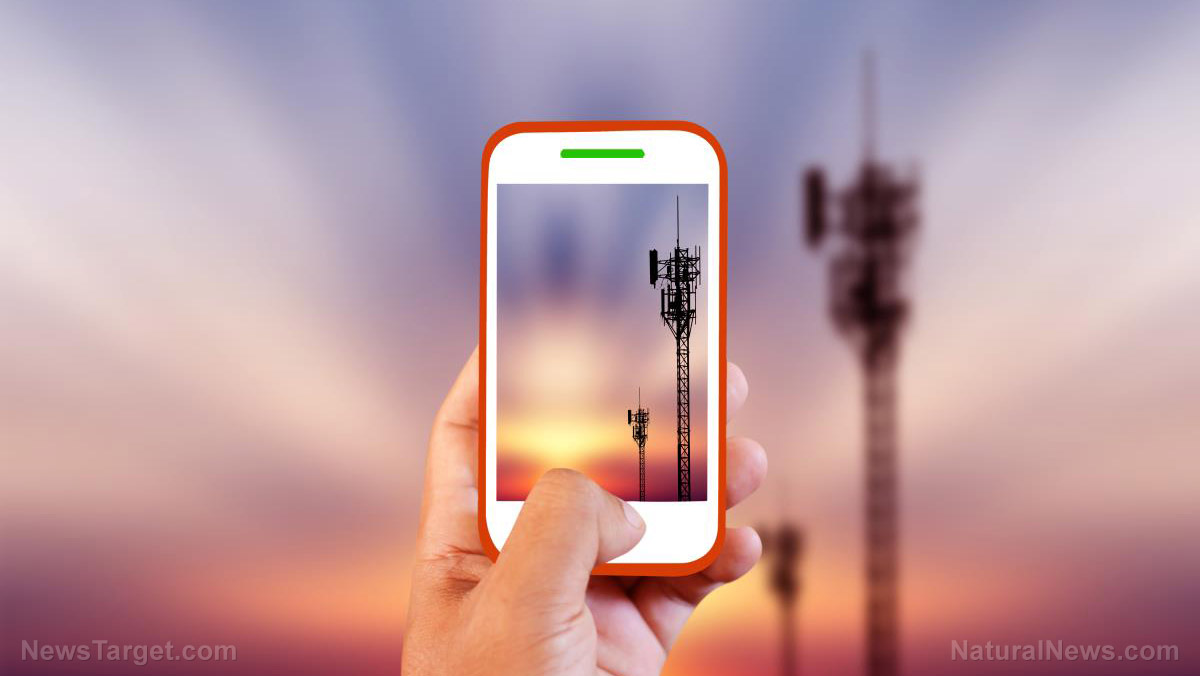Major cities are fighting cancer-causing 5G technology
02/17/2020 / By Tracey Watson

It is an undisputed fact that cell phones emit radiation, and that after prolonged exposure, the human body can absorb this radiation.
The speed at which technological developments have rolled out in the past few years means that the long-term effects of exposure to these high levels of radiation are not yet properly understood. Nonetheless, the studies that have been conducted have raised worrying concerns about the safety of cell phone use.
The World Health Organization’s International Agency for Research on Cancer (IARC) has categorized the radio frequency fields emitted by cell phones as possibly carcinogenic (cancer-causing) to humans. Depending on your age (children are at much greater risk) and the type of device you use, using a cellular device could, therefore, be putting you at considerable risk of developing cancer.
Very few studies have been conducted on the effects of the 5G (fifth generation) technology being rolled out in cities across the United States. In the absence of solid proof of its safety, many citizens have started to voice their concerns about both the aesthetic impacts of the implementation of 5G – which requires the installation of multiple so-called “small cell towers” close to each other – and the serious health risks that this technology could pose.
Several cities have now taken steps to block the rollout of 5G, including the city of Mill Valley, California.
What’s the big deal about 5G?
Having progressed one “G” at a time from 2G to 4G, many of us might be wondering why there is suddenly such a commotion about the rollout of the next “G” – 5G.
Wireless networks are composed of cell sites divided into sectors that send data through radio waves. … Unlike 4G, which requires large, high-power cell towers to radiate signals over longer distances, 5G wireless signals will be transmitted via large numbers of small cell stations located in places like light poles or building roofs. The use of multiple small cells is necessary because the millimeter wave spectrum — the band of spectrum between 30 GHz and 300 GHz that 5G relies on to generate high speeds — can only travel over short distances and is subject to interference from weather and physical obstacles, like buildings.
It is this necessity for many, many small cell stations located all over the place that makes 5G so dangerous. It means that far higher levels of radiation will surround us in our everyday environment.
California cities blocking 5G, one after the other
As reported by Waking Times, last September, the city of Mill Valley took the step of blocking the rollout of 5G in the city, after many concerned citizens expressed their concerns about its safety.
Tech Crunch reported at the time:
Through an urgency ordinance, which allows the city council to immediately enact regulations that affect the health and safety of the community, the restrictions and prohibitions will be put into force immediately for all future applications to site 5G telecommunications equipment in the city. Applications for commercial districts are permitted under the passed ordinance.
The ordinance was driven by community concerns over the health effects of 5G wireless antennas. According to the city, it received 145 pieces of correspondence from citizens voicing opposition to the technology, compared to just five letters in support of it — a ratio of 29 to 1.
Officials in several other California cities and municipalities have subsequently made the same decision to block 5G, including Marin County and San Anselmo. And recent reports indicate that San Francisco has begun doing the same thing, by blocking it permit by permit.
These officials are absolutely doing the right thing to protect the health of their citizens. Let’s hope more cities across the U.S. decide to follow suit.
Learn more about the dangers of 5G at Radiation.news.
Sources include:
Tagged Under: 5g, Big Tech, cancer, cell phones, dangerous tech, EMF, Glitch, mobile phones, Public Health, radiation, technology, telecommunications
RECENT NEWS & ARTICLES
COPYRIGHT © 2017 RADIATION NEWS



















